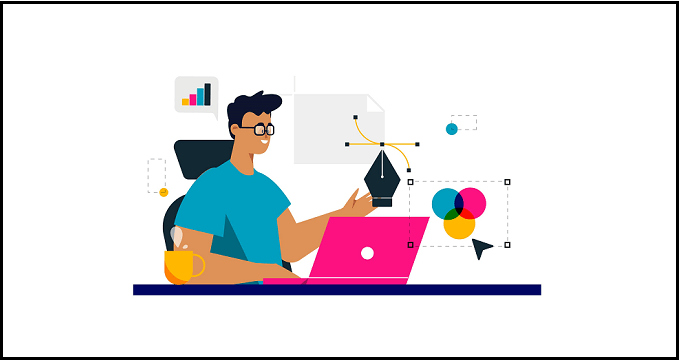Website developers very rarely take the time to learn about design psychology. Contrary to popular belief, most psychological design principles are relatively straightforward to learn and easy to implement.
Taking the time to learn a few basic techniques can yield huge results, including increased user engagement, conversions and referrals. In simple terms, by taking psychology into account, you’ll increase the chance of getting visitors to do exactly what you want.
-
Use Recognizable Patterns
When a visitor lands on your website, there are certain things they’ll expect to see straight away – such as a header and navigation bar – whether they consciously realize it or not. If you don’t provide visitors with these expected “patterns,” sirens will start to ring, which results in a loss of trust and drives them away. When you’re building the skeletal structure of your website, always place the most commonly recognizable patterns in clear view.
-
Create Focus
Every page of your website should have a distinct focus, and your design must reflect the content that’s presented. When visitors navigate to a selected area of your site, they’ll have certain expectations; and it’s important you meet them. According to WebDesignerDepot.com, the number one mistake most web developers make is squeezing too much on one page and creating a lack of focus.
-
Reinforce Concepts
Using images in your website design is fine, providing they specifically relate to the content. A poorly chosen image can lead to confusion and make visitors feel like they’re in the wrong place. Take extra consideration before using abstract images. People will “translate” their meaning differently, so unless they’re completely necessary or understandable at a glance, just get rid of them. An agency I know that does this particularly well is The Pink Group.
-
Use Relevant Colour Schemes
Colour has one of the most significant impacts on your visitors’ perception of your website. Again, it’s important for your colours to reinforce your concept. For example, if you’re building a website promoting climate change, a colour such as red isn’t appropriate because it’s associated with anger; however, soft neutrals combined with green and brown signify nature and growth, and will therefore be more appropriate.
In an interview with DigitalArtsOnline.co.uk, image theorist James Digby-Jones, emphasized the importance of colour, stating that “emotional engagement is the name of the game” and that you can highlight certain emotions through colour, saturation and hue alone.
-
Leave Some White Space
Always give your visitors some space to relax their eyes. Too much colour and clutter can feel overwhelming, which will leave visitors confused and unsure where to start. White space can offer some much needed “breathing room,” and if applied effectively, can highlight certain areas of the page and encourage visitors to take action.
Design psychology is something that you should strive to incorporate into your work. Without considering the psychological effects of a website, you’ll significantly hinder its effectiveness.
Always assess your target visitors and decide the best way to proceed. Taking a little time out of your schedule to consider the effects of psychology could be all you need to make your designs a success.

